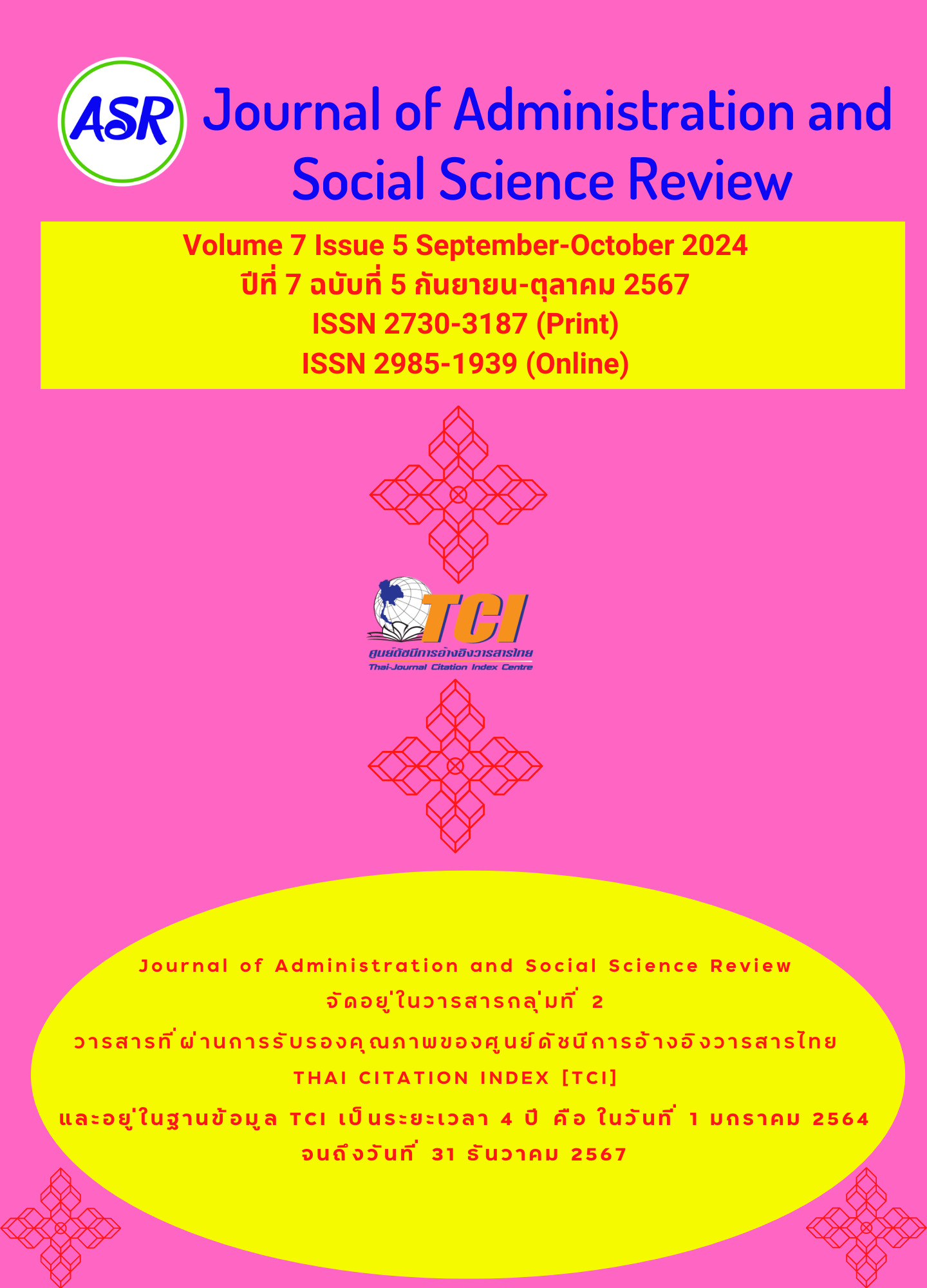Personnel Management of Education under Phichit Provincial Office of the Non-Formal and Informal Education
Keywords:
Personnel Management, Office of Learning EncouragementAbstract
This research article’s objectives were 1) to study the personnel management of the educational institutions, and 2) to compare the personnel management of the educational institutions at the Phichit Provincial Learning Promotion Office. It was a survey research based on the opinions of teachers and educational institutions. Especially, according to the appropriateness of the level of education and experience, from a sample group consisted of 221 teachers at the educational institutions in the Phichit Provincial Learning Promotion Office. Research tool was a 5-level rating scale questionnaire (5 Rating Scales). The consistency value (IOC) was between 0.60 - 1.00 and had a confidence value of .989. Statistical instruments used in the research included frequency values (Frequency), percentage values (Percentage), Mean (X) Standard deviation (SD), Test of significance between means or t-test (t-test), One-way analysis of variance (F-test - One-way ANOVA).
The research results revealed the following. 1) The personnel administration overall was at a high level (X =4.37). 2) Comparison of personnel administration, according to teachers and education personnel’s opinion classified by gender, showed the discipline and maintaining discipline. There were significant differences statistically at .05 when they were classified by age, overall and every aspect. Except for those leaving government service, the differences were statistically significant at .01, classified by overall educational level; no differences were found on each side. Classified by work experience, there were discipline and maintaining discipline at the statistically significant difference at the .05



